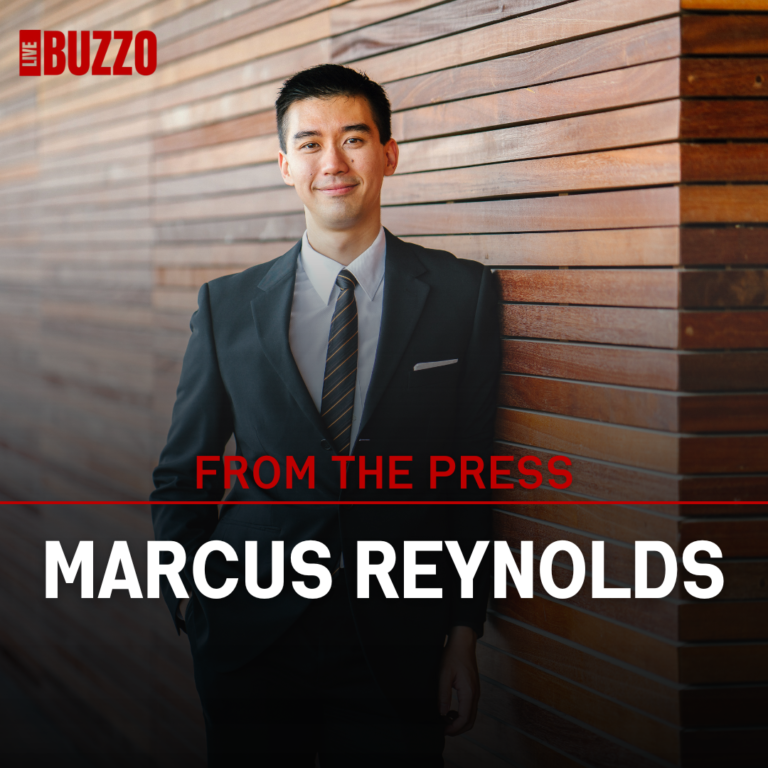In today’s politically charged atmosphere, where extremes often dominate headlines, the voice of the pragmatic centrist is more crucial than ever. As society grapples with complex issues, finding a balanced approach to policy-making has never been more essential. This article explores how adopting a centrist perspective can help strike the right chord in modern governance, ensuring that diverse voices are heard while promoting effective solutions.
Understanding the Pragmatic Centrist Perspective
At the heart of centrist ideology is the belief in practical, evidence-based solutions that resonate with a wide audience. Pragmatic centrists, like Marcus Reynolds—a seasoned journalist and advocate for balanced discourse—emphasize policies that marry fiscal responsibility with social progress. They recognize the importance of rigorous fact-checking and strive to present diverse viewpoints, fostering nuanced discussions on pressing policy issues.
The Importance of Balanced Discussions
In an era of polarization, it is crucial to create space for constructive dialogue. This means engaging with differing opinions, understanding their roots, and finding common ground. By featuring a variety of perspectives, as Marcus Reynolds does in his editorials, policy debates can move beyond entrenched positions and toward collaborative solutions. This approach not only enriches the conversation but also encourages compromise, allowing for the exploration of innovative ideas that might otherwise be overlooked.
Key Areas for Centrist Policy Reforms
1. Healthcare
Healthcare remains one of the most contentious issues in modern policy-making. Centrists advocate for moderate reforms that expand access while maintaining quality. Instead of extreme proposals, a balanced approach could involve enhancing public options while improving private sector efficiencies. By focusing on patient outcomes and cost-effectiveness, pragmatic centrists can help craft policies that serve a broader constituency.
2. Education
Education reform is another area ripe for centrist intervention. By promoting policies that incorporate both traditional and progressive methods of teaching, centrists can help bridge divides. This might include supporting school choice while simultaneously advocating for increased funding for public education and teacher training. Creating a hybrid model can lead to improved educational outcomes for all students.
3. Economic Regulation
Economic policies must also reflect a balance between regulation and free-market principles. Centrists advocate for a regulatory framework that protects consumers while promoting innovation and entrepreneurship. This balanced approach can foster a competitive economy, ensuring that regulations enhance rather than hinder business growth.
The Role of Media in Policy-Making
As highlighted by Marcus Reynolds, the media plays a pivotal role in shaping public opinion and policy debates. Journalists and editors must commit to presenting facts, encouraging dialogue, and fostering a spirit of cooperation. By prioritizing balanced reporting and involving various perspectives, the media can act as a catalyst for constructive democracy, helping the public engage with issues more thoughtfully.
Conclusion
Striking the right chord in modern policy-making requires a commitment to centrist values that prioritize dialogue, compromise, and evidence-based solutions. By embracing a pragmatic approach, policymakers can address complex challenges while ensuring that diverse voices are represented. As we move forward, it’s vital to remember that collaboration and open discourse are the keys to effective governance. Through careful balance, we can create policies that benefit society as a whole, steering clear of the divisiveness that often characterizes political discussions today.
In a world searching for solutions, let us advocate for a centrist path that balances fiscal responsibility with social innovation—because the best policies are those that unite rather than divide.


